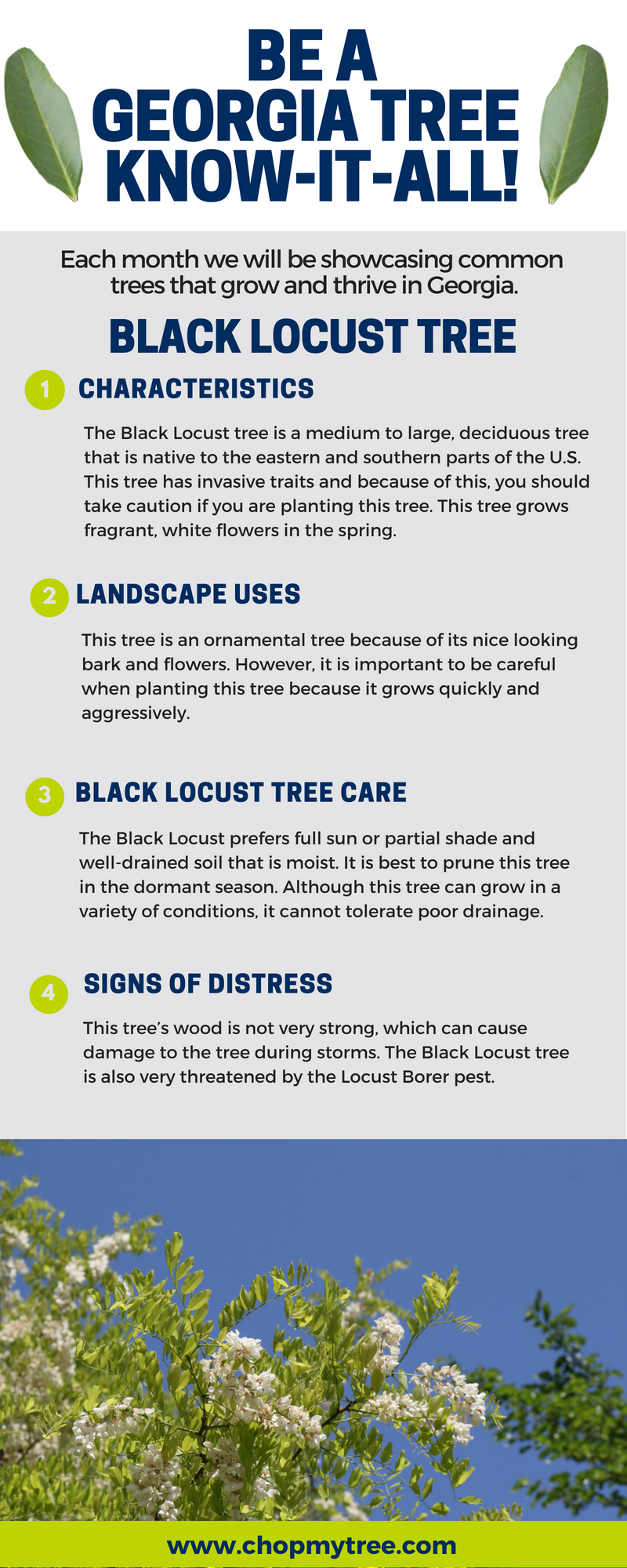After Removing Trees, Correct Care Is Important For Landscape Recovery; Learn The Required Actions To Restore Your Space And Prevent Approaching Difficulties
After Removing Trees, Correct Care Is Important For Landscape Recovery; Learn The Required Actions To Restore Your Space And Prevent Approaching Difficulties
Blog Article
Writer-Wilcox Cho
After a tree's removal, your landscape may look fairly different, and it's important to analyze the aftermath meticulously. You'll intend to evaluate the soil disturbance and examine surrounding plants for any type of indicators of anxiety. Neglecting these aspects can lead to bigger troubles down the line. So, what should you do with those stumps and origins? And just how do you pick the very best plants for your revitalized area? Let's discover these crucial actions.
Analyzing the Consequences: Evaluating Your Landscape
After a tree removal, it's important to evaluate your landscape to comprehend the effect it has on your yard.
Start by examining the location where the tree stood. Try to find indications of dirt disruption, and inspect the surrounding plants for any tension or damages.
You need to additionally keep in mind of exactly how the removal has changed sunshine exposure and air movement in your yard. Trimming Fig Trees can affect the growth of close-by plants, so it's essential to review their health and wellness.
Consider the visual aspects too; the removal might produce an open space that you can upgrade.
Lastly, think of any potential erosion issues that may emerge from the tree's lack. Dealing with these factors early will aid recover equilibrium to your landscape.
Dealing With Stumps and Roots: Choices for Elimination
As soon as you have actually analyzed the aftermath of the tree elimination, you'll likely need to deal with the stump and origins left behind.
You have a couple of alternatives for elimination. One reliable technique is stump grinding, where a professional makes use of an equipment to grind the stump to below ground level. This approach leaves marginal interruption to your landscape.
If you prefer a DIY technique, you can utilize a combination of excavating and chemical stump cleaners. Just remember, this procedure can take time and initiative.
Alternatively, take into consideration leaving the stump as a natural function, which can act as an unique garden aspect or environment for wild animals.
Whatever you select, resolving the stump and roots is vital for recovering your landscape.
Choosing the Right Plant Kingdoms for Your New Room
As you analyze your newly removed area, selecting the right plants can dramatically enhance your landscape's beauty and performance.
Begin by thinking about the sunshine and soil problems. For sunny locations, go with drought-resistant plants like lavender or succulents. In shaded places, brushes and hostas flourish well.
Consider the size and growth practices of your plants; mix perennials and annuals for seasonal variety. Do not neglect to include indigenous varieties; they require less maintenance and support neighborhood wildlife.
Group plants in weird numbers for a more all-natural look and produce layers for aesthetic depth.
Lastly, ensure just click the up coming website have a mix of colors and textures to maintain your landscape vivid throughout the seasons.
Delighted planting!
Final thought
To conclude, restoring your landscape after tree removal is a rewarding procedure. By examining the after-effects, addressing stumps and roots, and selecting the right plants, you'll create a successful atmosphere. Don't neglect to incorporate erosion control steps to safeguard your dirt. With a little effort and care, you can transform your room into a vivid garden that enhances your building. Accept the possibility to revitalize your landscape and enjoy the elegance of nature right in your backyard!
